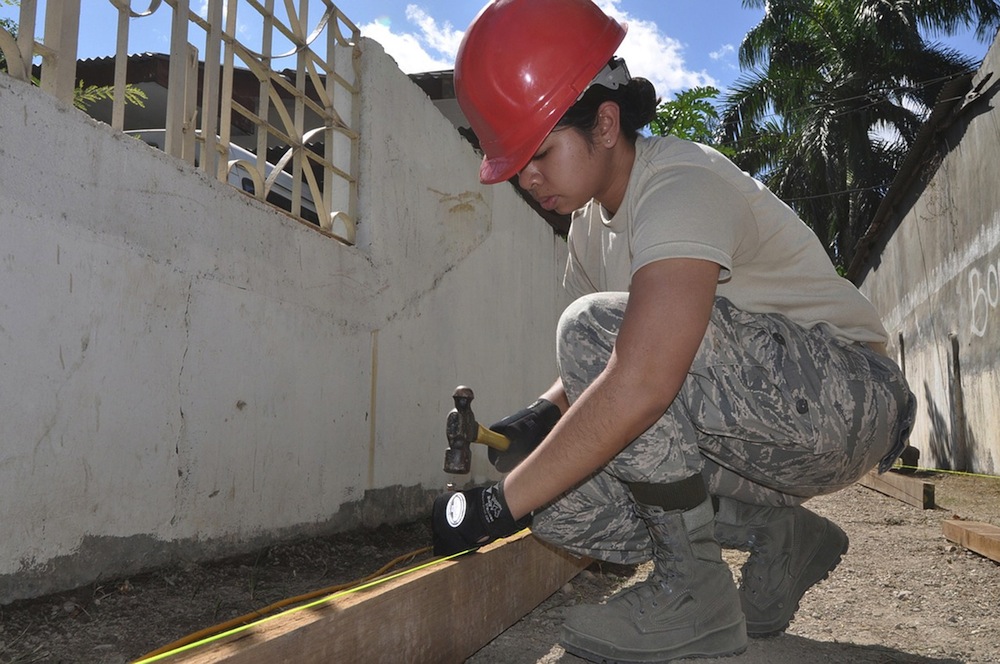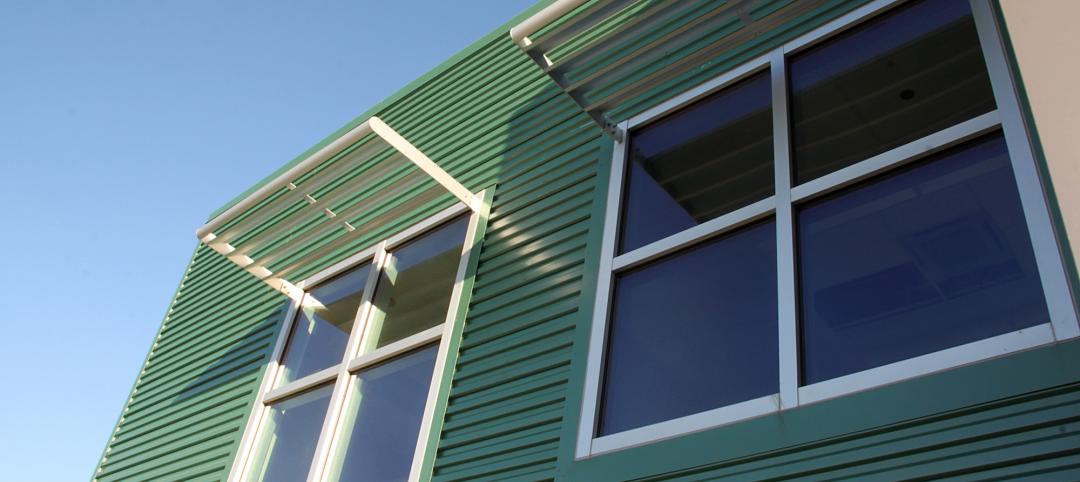Women account for nearly 47% of America’s workforce, according to the Bureau of Labor Statistics. But they represent less than 9% of all construction workers.
One of the women in the field is Doreen DiPolito, the 48-year-old president and owner of D-Mar General Contractors in Clearwater, Fla., where she’s been working since 2001. DiPolito has four women workers out of the 15 to 25 people she employs, depending on the time of year. And she’s been having trouble finding HVAC subs.
At a time when a recovering construction industry is facing shortages in many trades, DiPolito is on a mission to encourage women to at least consider construction as a career.
“When a big contract comes to town, I shouldn’t have to partner with one of the large contracting companies in order to get a piece of the set-aside work. But that’s how it still is, and I don’t think that’s right.” —Doreen DiPolito
“With the economic turnaround in Florida and other parts of the country, women owe it to themselves to explore construction career, which offer better earning and advancement potential than many lower-paid, traditionally female-dominated jobs,” she tells BD+C.
Her own experience tells her that women are capable of doing any construction work. A single parent of three, including a special-needs child, DiPolito started out as a mechanical engineer with Honeywell. She joined D-Mar to help out her former mother-in-law when her husband, D-Mar’s owner, died. In 2006, DiPolito earned her Florida General Contractor certificate.
She concedes that construction is not a profession that kids are pushed toward. So her solutions to the industry’s labor shortage problem includes educating girls in middle and high school about alternative career options. She would also like to see vocational and technical schools expand their outreach and access to women students.
However, the biggest obstacle to more women entering the construction field may be the reluctance of parents or counselors to recommend that field. “Construction has gotten a bad rap. But what happens in this country if these skills, like masonry or electrical, disappear?”
DiPolito has put herself forward on this topic because of what she sees as the industry’s systemic gender discrimination, which she says she’s experienced first hand. “When a big contract comes to town, I shouldn’t have to partner with one of the large contracting companies in order to get a piece of the set-aside work. But that’s how it still is, and I don’t think that’s right.”
DiPolito is realistic about the chances that her advocacy is going to result in any immediate changes in the industry’s hiring practices. But she’s taking the longer view in her hope that any influence she might wield will alter the perspective of younger generations about construction.
And she’s not acting in isolation, either. About a year ago, Ashley Schmidt, a business development manager for SmithGroupJJR in Washington D.C., formed a committee to create The Women in Healthcare group, for the purpose of promoting the development of AEC females in the healthcare sector through mentoring and sharing successful techniques, leads, contacts, products, and services.
The group, which covers the Delaware/Maryland/Virginia area, now has a board of directors, and has grown to more than 200 members, according to Brenna Costello, AIA, EDAC, a Principal at SmithGroupJJR. Among the group’s functions are networking and educational events such as the one scheduled for September 17 at Holy Cross Hospital in Germantown, Md., a $202 million facility that opened in 2014. Annice Cody, president of Holy Cross Health Network, and Lora Schwartz, Principal Consultant for CBRE Healthcare, are scheduled to speak about strategic planning and forecasting methodologies.
“The role of our group is to expand and empower,” says Costello, noting that more than 50% of undergraduate degrees are now earned by women.
Related Stories
| Jan 17, 2014
The Starchitect of Oz: New Gehry building in Sydney celebrates topping out
The Dr. Chau Chak Wing Building at the University of Technology, Sydney, will mark Frank Gehry's debut project in the Australian metro.
| Jan 16, 2014
Construction spending for 2013 finishing 5% higher than 2012: Gilbane Construction Economics report
??Construction growth is looking up, according to the December 2013 release of the periodic report Construction Economics, authored by Gilbane Building Company. Construction spending for 2013 will finish the year up 5%.
| Jan 13, 2014
Custom exterior fabricator A. Zahner unveils free façade design software for architects
The web-based tool uses the company's factory floor like "a massive rapid prototype machine,” allowing designers to manipulate designs on the fly based on cost and other factors, according to CEO/President Bill Zahner.
| Jan 10, 2014
Resiliency, material health among top AEC focuses for 2014: Perkins+Will survey
Architectural giant Perkins+Will recently surveyed its staff of 1,500 design pros to forcast hot trends in the AEC field for 2014. The resulting Design + Insights Survey reflects a global perspective.
| Jan 9, 2014
How security in schools applies to other building types
Many of the principles and concepts described in our Special Report on K-12 security also apply to other building types and markets.
| Jan 9, 2014
16 recommendations on security technology to take to your K-12 clients
From facial recognition cameras to IP-based door hardware, here are key technology-related considerations you should discuss with your school district clients.
| Dec 29, 2013
7 ways to make your firm more efficient
In a CEO.com post, Andrew Miller, president of ACM Consulting, shares the seven organizational efficiency strategies he encounters most frequently as he works with corporate executives to boost their performance.
| Dec 19, 2013
NRDC report relates green infrastructure investments to commercial property value [Infographic]
The Natural Resources Defense Council has released The Green Edge: How Commercial Property Investment in Green Infrastructure Creates Value -- a first-ever illustrative and well-documented report that helps demonstrate the value of green infrastructure. It draws from available published material to capture the multitude of tangible, monetizable non-water quality and water quality benefits that green infrastructure investments (trees, rain gardens, and porous pavement, rainwater harvesting cisterns, bioswales, etc.) can unlock for the commercial real estate sector, including commercial property owners and their tenants.
| Dec 17, 2013
'Silver tsunami,' restaurant boom, mid-rise mania among predicted Midwestern construction trends
According to some of the Chicago-area’s top commercial real estate firms, informally polled by area real estate PR firm Taylor Johnson, much of 2013 was spent preparing for an even busier 2014. Given the relocation of many top companies to downtownChicago, demand for new apartments, office, retail and restaurant projects in 2014 should all be up as workers look to achieve a live, work and play lifestyle.
| Nov 27, 2013
Wonder walls: 13 choices for the building envelope
BD+C editors present a roundup of the latest technologies and applications in exterior wall systems, from a tapered metal wall installation in Oklahoma to a textured precast concrete solution in North Carolina.

















